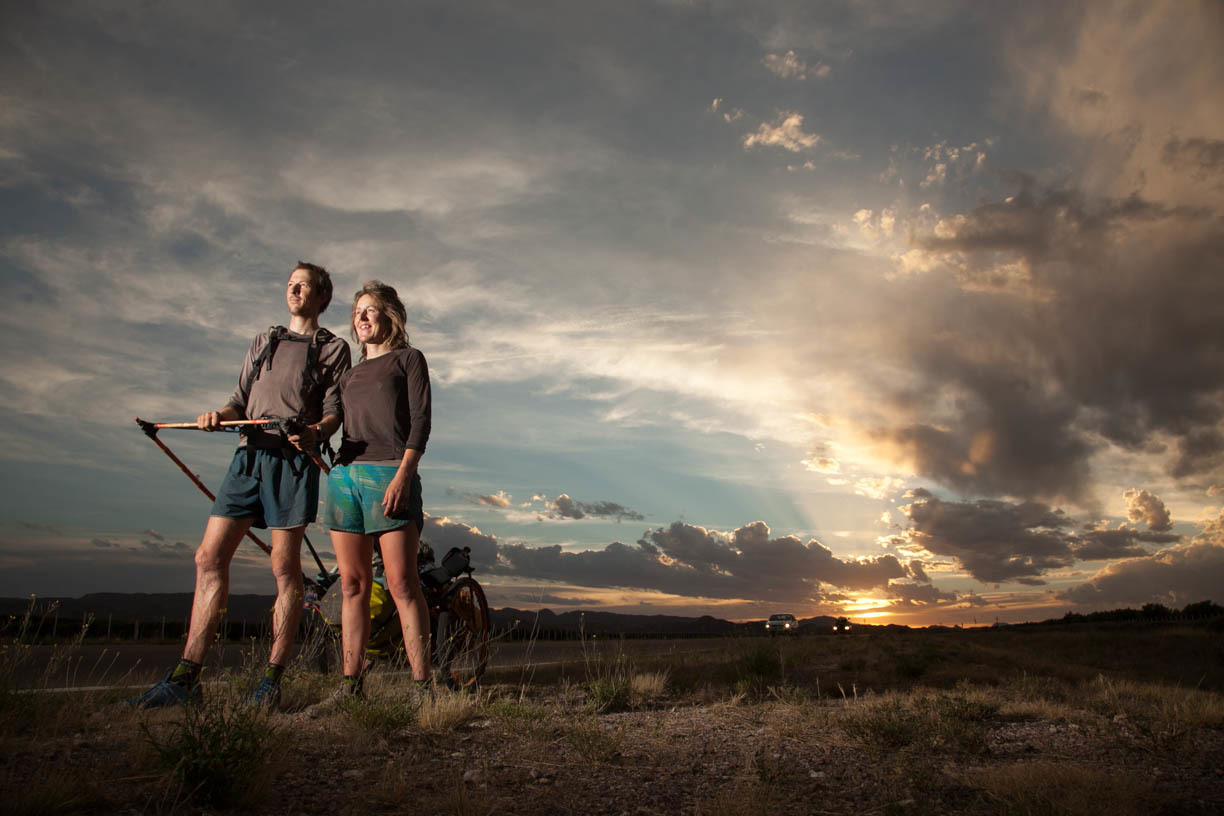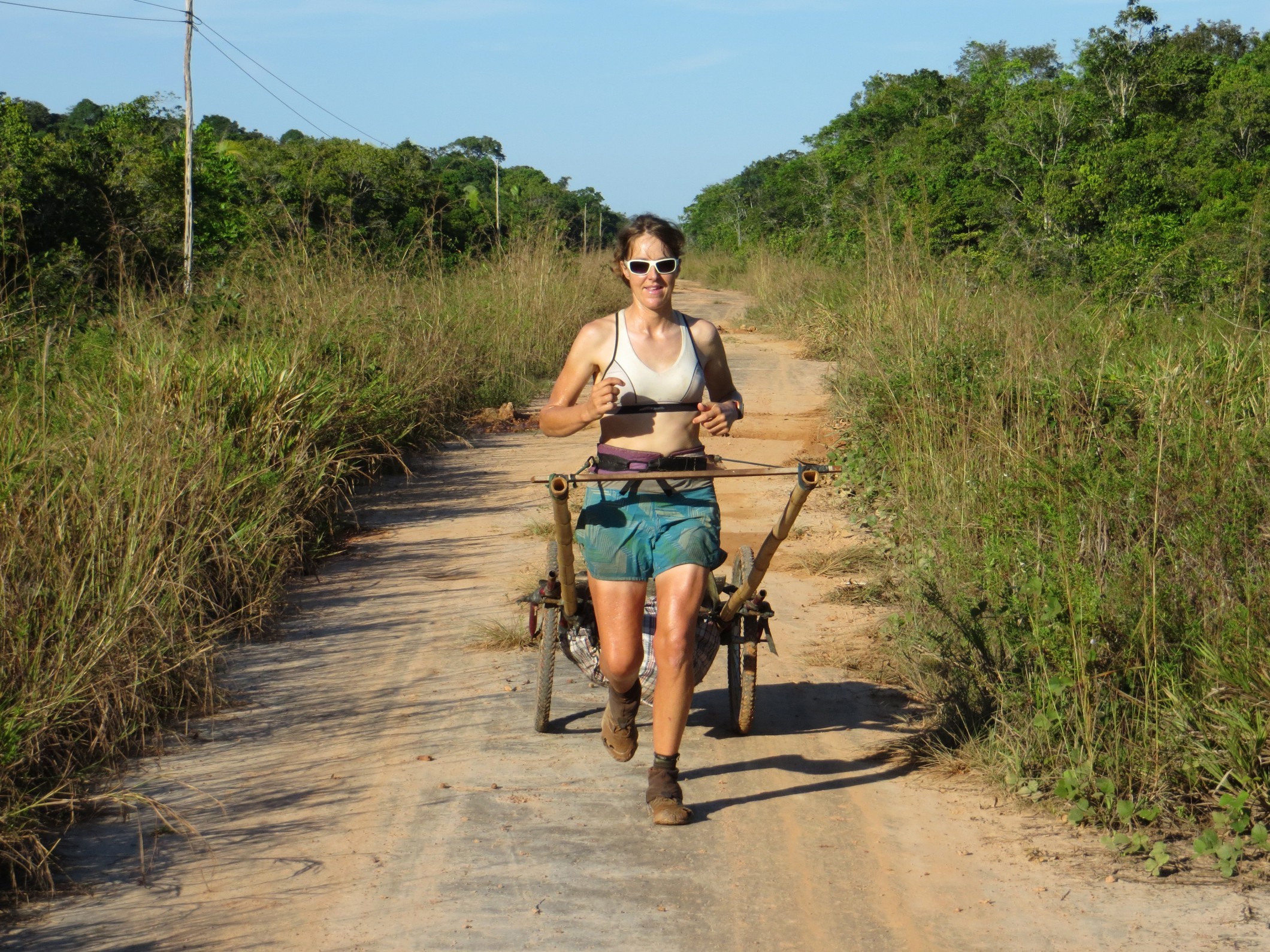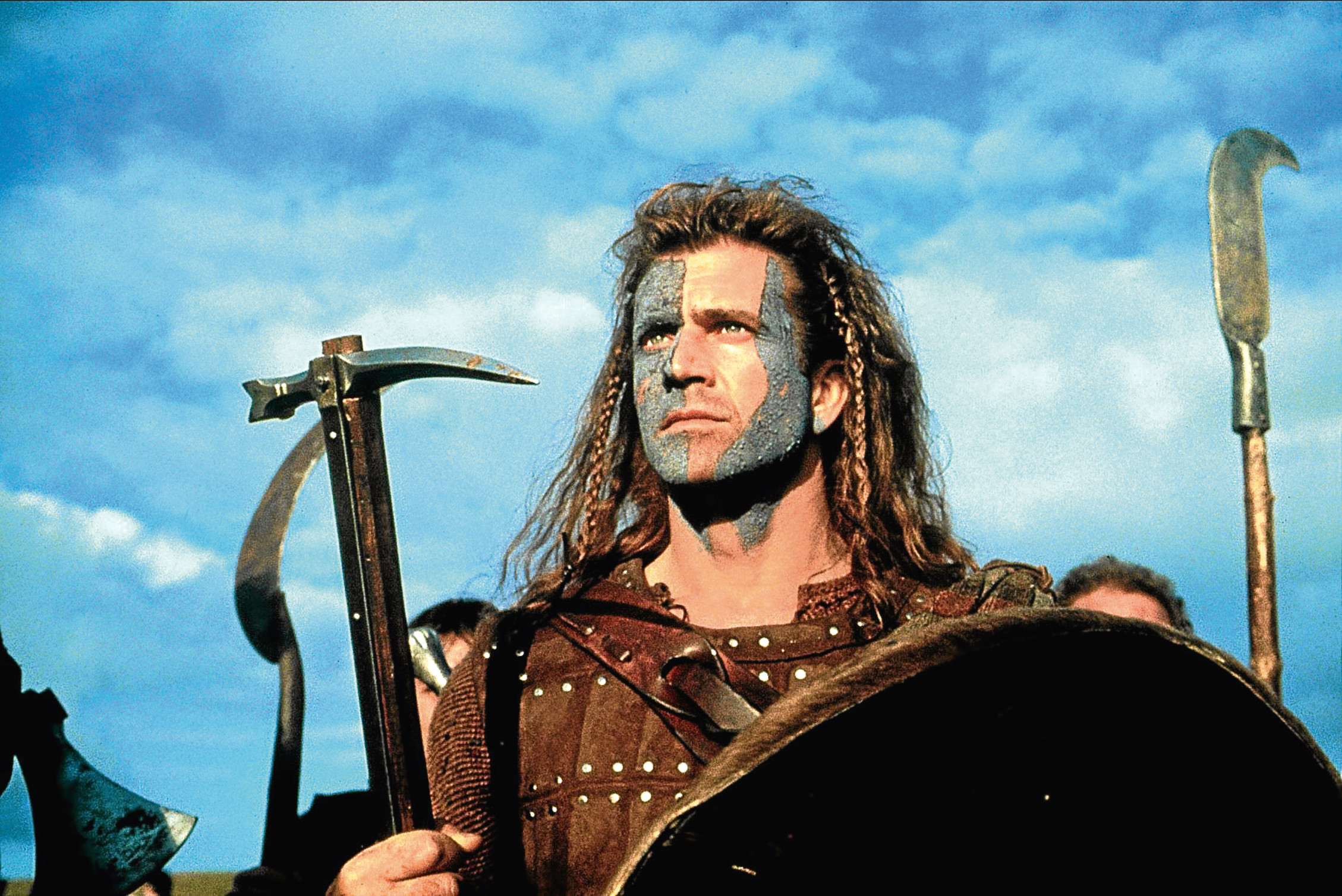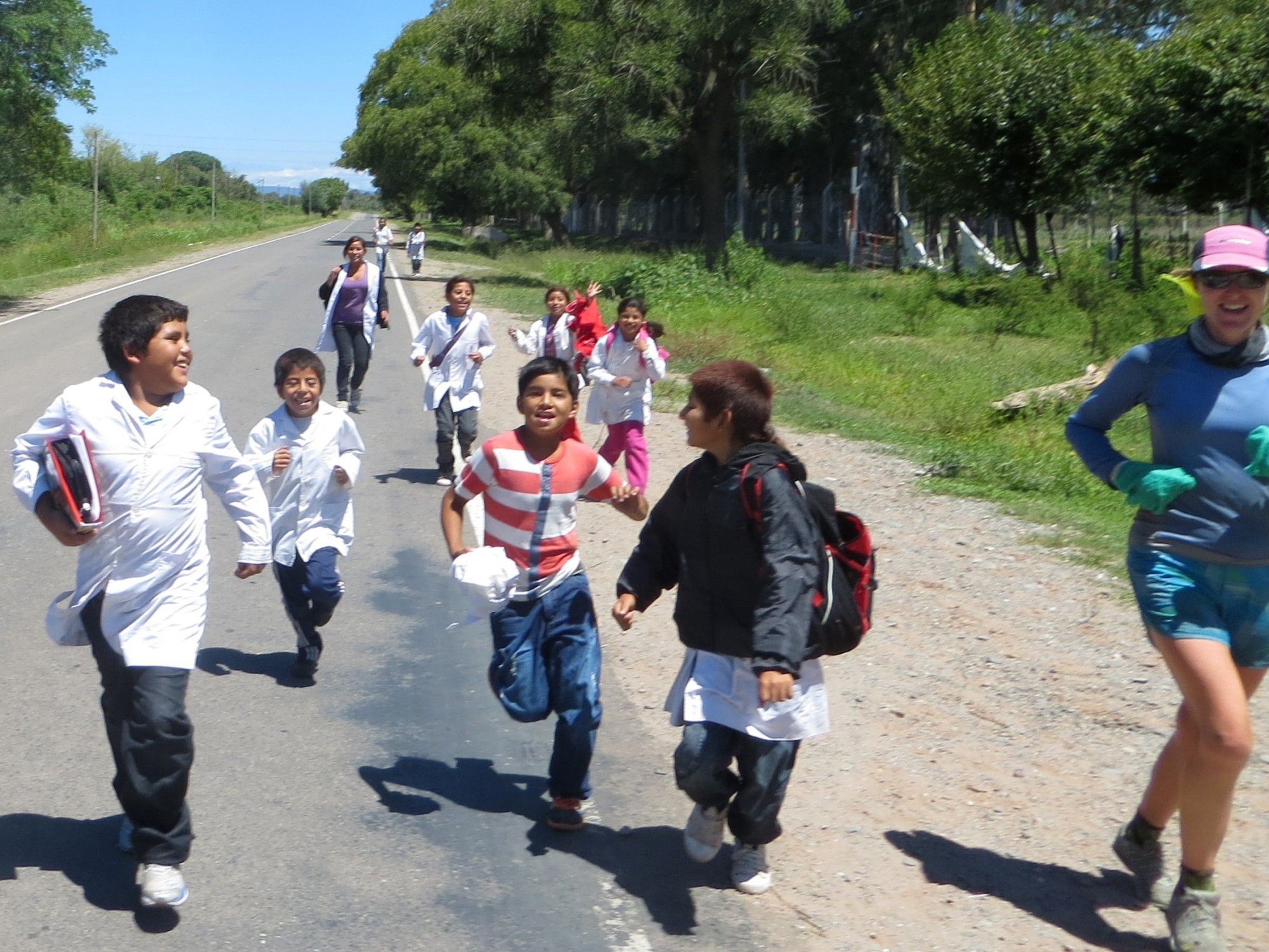
THEY came face-to-face with killer Caimans, braved extreme temperatures from subzero to over 40 degrees, survived hailstones the size of bricks and took their lives in their hands running through crime-ravaged towns.
But one of the scariest thoughts for Katharine and David Lowrie was the possibility of being shot by English-hating Argentinians – which they avoided by pretending they were Scottish.
The pair, from Devon, made history when they became the first couple to run the length of South America; and a third of the 6500 mile journey they did in their bare feet!
Later this month, Katharine, 39, will release her book about the 15-month long experience.
The ecologist said: “We met a man who lifted his t-shirt to reveal bullet wounds in his chest.
“He was shot at for being English. So we decided to say we were Scottish.
“Just about every Argentinian we spoke to had watched Corazon Valiente (Braveheart).
“The war against the English depicted in the film supported their belief that, in the Scottish, they had comrades who detested the English.
“We got out of the country alive.”
Katharine’s husband David grew up in the Scottish Borders and even has a family tartan, which helped with keeping up the pretence.
The experience has actually led the couple to consider whether they should head north to set up home – and run an ecological school – in forthcoming months.
“It’s either Scotland or Devon,” Katharine said. “We haven’t quite decided which way to go yet.”
The couple are now parents to Theo, two, and Beth, 11 months, and are considering settling down.
It’s a far cry from life a few years ago when they spent 450 days sleeping by the roadside, running an average of 20 miles a day through dangerous gangland territory.
The amateur runners quit their high-flying jobs to run marathons every day in a remarkable story of personal endurance that would give an insight into the people and wildlife of South America. They pushed their bodies and minds to the limit to become the first people in the world to run the length of South America.
From ants and anteaters, to caterpillars, crocs and killer snakes, they saw sights they could never have imagined.
Then they braved hurricanes, slept in freezer-like conditions and endured sickness and injury.
They also shared what they were doing with local children, stopping at schools en route to talk about their adventure – and conserving the natural world.
Plus they had to learn to run from scratch, unlearning bad habits to limit damage to their bodies.
The couple would set off before dawn and run through gang-run towns rife with drug trafficking before retreating into the undergrowth to try to get some sleep between the gun shots.
While the expedition, which took them through Chile, Argentina, Bolivia, Brazil and Venezuela, and raised more than £6000 for conservation charities, nearly cost them their marriage, health, sanity and lives – somehow, they made it to the other end of the continent.
“We always had a passion for running, wildlife and wild places, so when it came to planning our dream trip, South America was top of the list,” said Katharine.
“People thought we were barking mad, and I think at the beginning, we really had our doubts whether we would make it.
“No-one had done it before, but we were adamant that we could prove it was possible.
“It was a bizarre idea, though. We love running but had only ever done short distances, and nothing over a couple of days or even months.”

There were so many risks, from infections like malaria to being eaten by jaguars and, of course, killed if the couple had set foot in the wrong place.
“I must admit, until we set foot in South America, I hadn’t considered that we might die,” she said.
“But we managed to get through. And it was pretty amazing.
“There were certainly highs, lows, and moments of sheer terror, but it was the adventure of a lifetime.
“We grabbed our dreams and lived to tell the tale.”
Running South America: With My Husband and Other Animals, published by Whittles, is out on August 31.

Enjoy the convenience of having The Sunday Post delivered as a digital ePaper straight to your smartphone, tablet or computer.
Subscribe for only £5.49 a month and enjoy all the benefits of the printed paper as a digital replica.
Subscribe
